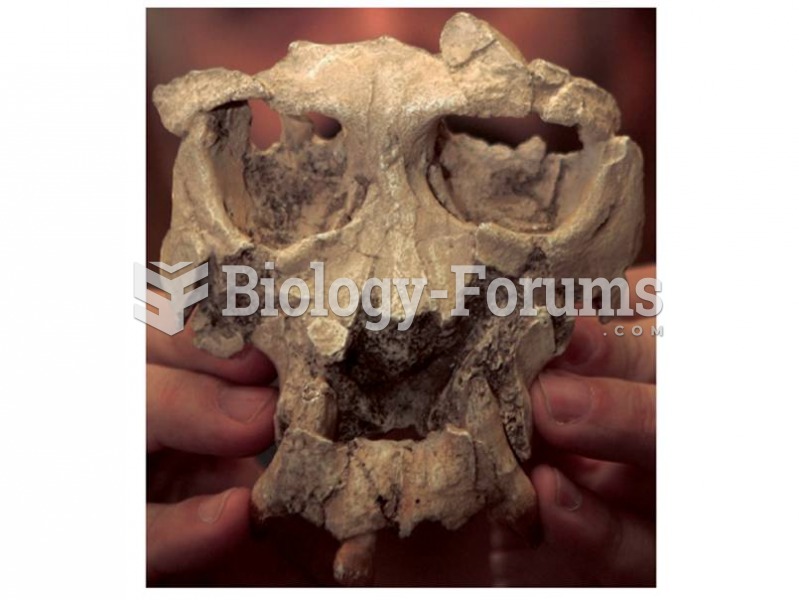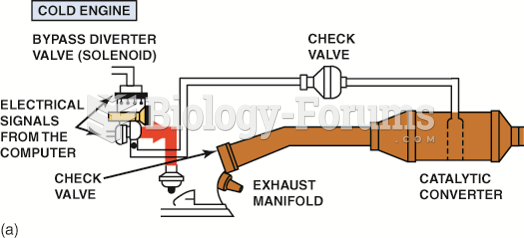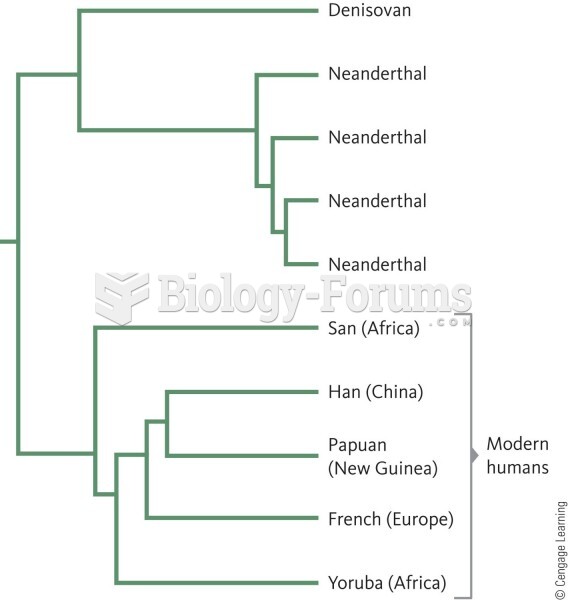|
|
|
Although the Roman numeral for the number 4 has always been taught to have been "IV," according to historians, the ancient Romans probably used "IIII" most of the time. This is partially backed up by the fact that early grandfather clocks displayed IIII for the number 4 instead of IV. Early clockmakers apparently thought that the IIII balanced out the VIII (used for the number 8) on the clock face and that it just looked better.
Your chance of developing a kidney stone is 1 in 10. In recent years, approximately 3.7 million people in the United States were diagnosed with a kidney disease.
The longest a person has survived after a heart transplant is 24 years.
Approximately one in three babies in the United States is now delivered by cesarean section. The number of cesarean sections in the United States has risen 46% since 1996.
The first war in which wide-scale use of anesthetics occurred was the Civil War, and 80% of all wounds were in the extremities.
 Pierolapithecus catalunicus may be an ancestor of great apes and humans. Its postcranial skeleton sh
Pierolapithecus catalunicus may be an ancestor of great apes and humans. Its postcranial skeleton sh
 This label on a Toyota Camry hybrid shows the relative smog-producing emissions, but this does not ...
This label on a Toyota Camry hybrid shows the relative smog-producing emissions, but this does not ...





